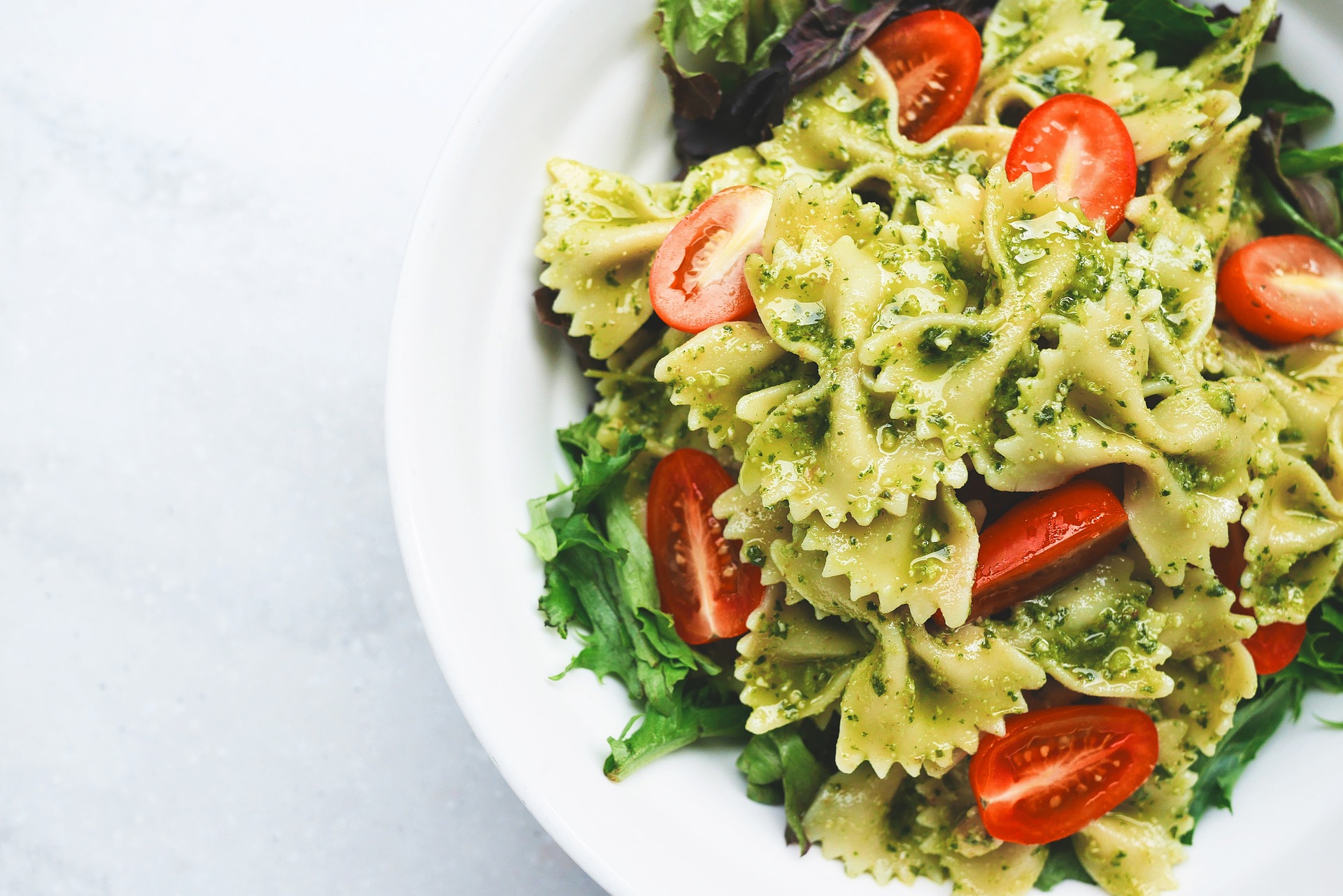Traveling to Italy is a dream for many, with its rich history, stunning landscapes, and, of course, its renowned cuisine. However, for those who follow a gluten-free diet, the prospect of exploring Italy’s culinary wonders can be both exciting and daunting. Italy is famous for its pasta, bread, and pizza, all of which typically contain gluten. Nevertheless, with careful planning and a bit of knowledge, being gluten-free in Italy can be a rewarding and delicious experience.

Understanding Gluten in Italian Cuisine: Italian cuisine is deeply rooted in tradition, and gluten is a prevalent element in many classic dishes. Wheat-based products, such as pasta and bread, are staples in Italian meals. It’s important for gluten-free travelers to be aware of these ingredients and their potential presence in various dishes.
Learn Basic Italian Phrases: While many Italians in tourist areas may speak English, learning a few basic phrases in Italian can be immensely helpful, especially when communicating dietary restrictions. Knowing how to express that you cannot consume gluten and understanding common terms related to gluten-free options can facilitate smoother interactions with locals and restaurant staff.
Research Gluten-Free Friendly Restaurants: Before embarking on your journey, research gluten-free friendly restaurants in the areas you plan to visit. Larger cities and tourist destinations often have restaurants that cater to dietary restrictions. Websites, apps, and online forums dedicated to gluten-free travel can provide valuable recommendations from fellow travelers who have explored Italy.
Explore Gluten-Free Italian Dishes: Italian cuisine offers a variety of naturally gluten-free dishes that are not only safe for those with dietary restrictions but also incredibly flavorful. Options like risotto, polenta, grilled meats, seafood, and vegetable-based dishes are commonly found throughout Italy. Embrace the opportunity to savor authentic Italian flavors without compromising your dietary needs.
Communicate Dietary Restrictions Clearly: When dining out, communicate your gluten-free requirements clearly to the restaurant staff. Let them know about your intolerance and ask for recommendations or modifications to make a dish gluten-free. Italian chefs are often accommodating and willing to adapt dishes to suit dietary needs.
Gluten-Free Italian Staples: Certain gluten-free staples are readily available in Italy. Polenta, made from corn, is a versatile and common substitute for wheat-based grains. Risotto, a creamy rice dish, is another popular option. Additionally, Italians often use rice and corn flours in their cooking, providing gluten-free alternatives for various recipes.
Pack Gluten-Free Snacks: While exploring Italy, especially in less touristy areas, finding dedicated gluten-free options might be challenging. Packing gluten-free snacks such as nuts, dried fruits, and gluten-free energy bars can be a lifesaver when you’re in need of a quick and safe snack.
Be Wary of Cross-Contamination: Cross-contamination is a concern for those with gluten intolerance. When dining out, inquire about kitchen practices to ensure that your food is prepared in a gluten-free environment. It’s crucial to stress the importance of avoiding contact with gluten-containing ingredients during the cooking process.
Indulge in Gluten-Free Gelato: Italy is renowned for its gelato, and the good news is that most gelato is naturally gluten-free. Confirm with the gelateria that they don’t use gluten-containing ingredients, and enjoy the wide array of delightful flavors without worry. Gelato can be a refreshing treat, especially on warm Italian days.
Explore Gluten-Free-Friendly Cities: Some cities in Italy are particularly known for being gluten-free friendly. Florence, for example, has a reputation for offering a variety of gluten-free options in its restaurants and bakeries. Researching cities that are recognized for accommodating gluten-free travelers can enhance your overall dining experience.
Educate Yourself on Local Ingredients: Understanding the local ingredients and culinary practices can empower gluten-free travelers. Familiarize yourself with commonly used gluten-free grains like rice and polenta. Learning about regional specialties that naturally align with your dietary needs will help you make informed choices while dining out.
Connect with Gluten-Free Communities: Online communities and social media groups dedicated to gluten-free living can be valuable resources. Seek advice and recommendations from individuals who have traveled to Italy while adhering to a gluten-free diet. Their insights and tips can provide firsthand knowledge that enhances your travel experience.

Embarking on a gluten-free journey in Italy requires a blend of preparation, open communication, and a willingness to explore the diverse offerings of Italian cuisine. While challenges may arise, the opportunity to savor authentic gluten-free dishes and experience the culinary wonders of Italy is undoubtedly worth the effort. By approaching your travels with a positive attitude, a bit of research, and an adventurous spirit, you can create lasting memories and enjoy the beauty of Italy without compromising your dietary needs. Buon viaggio!
